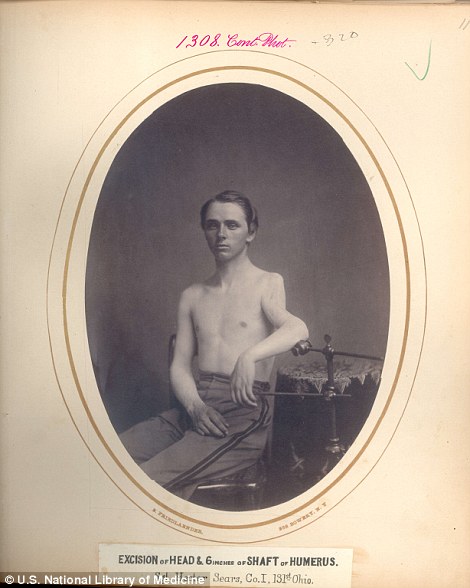Hector Sears and Freedmen's Bureau in Stafford
Sears was born in Rochester, Ulster County, NY, on July 27, 1843, the son of Dr. Samuel James Sears and Clara Gertrude Sears. Educated at Montgomery Academy, he became a New York City store clerk. In 1861, he joined the 71st Regiment in New York City and served until he was mustered-out the same year. During that service he fought in the battle of Bull Run. He returned to his job in New York until September 5, 1862, when he joined the 131st Regiment, New York Volunteers, as first sergeant of Company “I.” Sears’s unit fought in the Western Theater in the battle of Irish Bend and the first Red River Campaign. He was wounded severely in the left shoulder at Port Hudson (May 27, 1863) and subsequently received a commission as second lieutenant in Veteran Reserve Corps to serve in the Freedmen’s Bureau. At some point he was apparently promoted to captain. Sears married Margaret Collins of New Orleans, LA, on July 20, 1865; they would have at least five children. In 1866-67 he served the Freedmen’s Bureau in Stafford. After returning to Ulster County in 1869, Sears became editor and publisher of two local newspapers, “The Gardiner Weekly” and “The Highland Post,” and owned and operated a law firm until his death in 1924.
Read the following reports of Sears to see the comments he made about the Freedmen in Stafford.
Military Commissioner Hector Sears’s report, August 31, 1866: “The feeling between whites and blacks is not as a general thing very good.”
He reported on November 30, 1866: “I am decidedly of the opinion that loyal whites, refugees, and Freedmen can not receive justice from the civil courts of my Sub-district as long as Rebels and Rebel sympathizers are allowed to act as jurors.”
Sears reported on September 30, 1867: “With reguard [sic] to northern whites settled here it is diferent [sic]. They scarcely ever get justice in any case they have tried Civil Courts.” — Compounding Bureau problems, on March 12th, freedmen’s legal cases were returned to civil authorities. On January 31, 1867, Sears reported that Duff Green, Magistrate of Stafford County, has stated “words to the effect – that he did not intend to pay attention to the Freedmen’s Bureau…” On November 30, 1867, Sears related a court case involving African Americans: “Charles and Nathaniel Lucas brought suit against James L. Green of Stafford County for Ten dollars, damages done their crop by said Green’s cattle, the case was tried at Falmouth by Justice F.B. Stone, whose judgment was that Lucas should recover one dollar and fifty cents damages and pay his own costs [of court] which amounted to three dollars and seventy cents, bringing Lucas two dollars and twenty cents in debt besides loosing his corn.” — The 1868 General Order No. 102, Stafford became part of 19th Division, Sub District of Alexandria – this necessitated freedmen going 50 miles to Alexandria for litigation. For example, on February 16th James Moxley of Stafford cruelly whipped a black 11-year-old, James King. In May he was tried, convicted and fined only $1 and court costs. — In June 1872, the Freedmen’s Bureau was officially terminated by Congress. Poor interpersonal relations, corruption, inefficiency and misappropriated funds had tainted its originally idealistic legacy.

